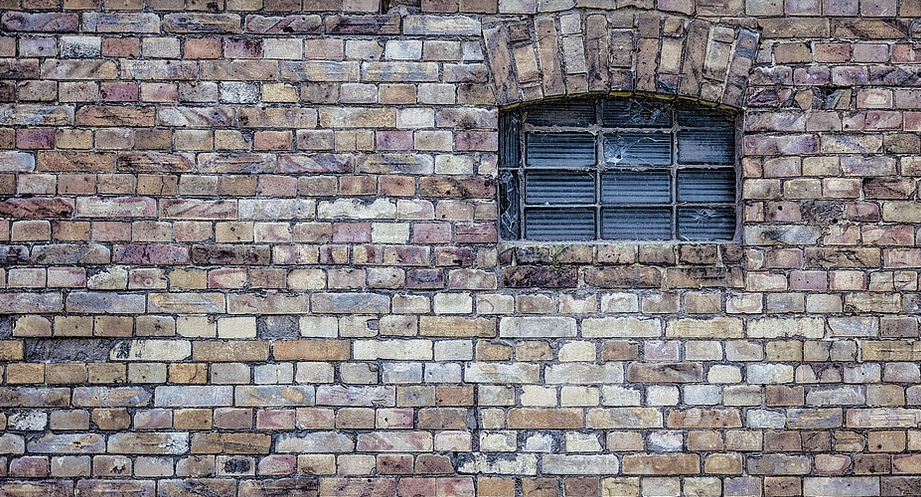What Makes a Pitch “Illegal” in Fastpitch Softball?
Fastpitch softball, with its fast-paced action and strategic gameplay, demands precision and mastery of the game’s fundamentals. At the heart of this sport lies the pitcher’s ability to throw a legal pitch to the batter, allowing them to safely execute their swing and potentially score runs. But what exactly constitutes an illegal pitch?
The essence of softball lies in its rules, designed to ensure fair play and a level playing field for all participants. These rules often seem complex but are crucial for understanding the nuances of the game. It’s not just about throwing the ball; it’s about achieving that perfect balance between power, accuracy, and control.
One of the most vital concepts in softball is the concept of “illegal pitches.” These are any pitches thrown that violate established rules and guidelines. These violations generally fall into a few categories:
1. Pitching Mechanics: A pitcher’s grip, arm motion, and release point can all impact the legality of a pitch. A pitcher may be penalized for throwing a “forehanded” ball when their hand goes forward before releasing the pitch on a regular “over-the-shoulder” motion.
2. Ball Type: A softball, as its name suggests, is designed to be soft and bouncy. The use of illegal balls, such as larger or heavier balls that affect gameplay, will result in an automatic ball if the batter hits it.
Understanding Common Illegal Pitches
Let’s dive deeper into some specific examples of illegal pitches:
**1. The “Bump” or “Push” Pitch:** This illegal pitch is a common occurrence in softball, specifically when the pitcher pushes the ball upwards at the last moment instead of using his/her whole arm. This type of pitch can be called for if the batter feels like they were hit by an unintentional “bump” on the arm.
**2. The “Screwball”:** The “screwball” pitch, while considered a valuable tool in many players’ arsenals, is often challenged due to its deceptive nature. A screwball, when thrown with proper technique and spin, can be difficult for batters to judge.
**3. The “Change-up”:** This type of pitch involves slight variations in speed and direction, designed to keep the batter off balance. The change-up is often called a “fake” when thrown with an uncharacteristic movement or speed that deceives the batter.
Consequences and Considerations
When a pitcher throws an illegal pitch, it’s not just about a missed strike; there are several consequences to consider:
**1. Strike Out:** The most common consequence of throwing an illegal pitch is the batter getting a strikeout. This occurs when the ball thrown doesn’t comply with the rules of play.
**2. Penalty and Replay:** A call for “ball” or “strike” may be reviewed if the umpire believes the pitcher threw the ball outside of the strike zone, leading to a replay.
**3. Loss of Momentum:** The pitcher may lose momentum if they throw an illegal pitch, impacting the flow of the match and leading to a change in strategy.
Importance of Learning the Rules
The most important takeaway from all this is that learning and understanding the rules of softball is crucial for both pitchers and their teams.
**1. Fair Play:** As with any sport, fair play is a cornerstone of softball; illegal pitches can disrupt the fun and challenge the integrity of the game.
**2. Respect for the Game:** Understanding and applying the rules shows respect for the players, coaches, and officials involved in the game.
**3. Enhancing Skills:** Players can master their skills by understanding and implementing the rules of the game.
Learning about the “illegal pitch” is not just about knowing what’s allowed and prohibited; it’s an opportunity to deepen our understanding of how the game works, refine our skillset as players, and create a more enjoyable experience for everyone involved.
